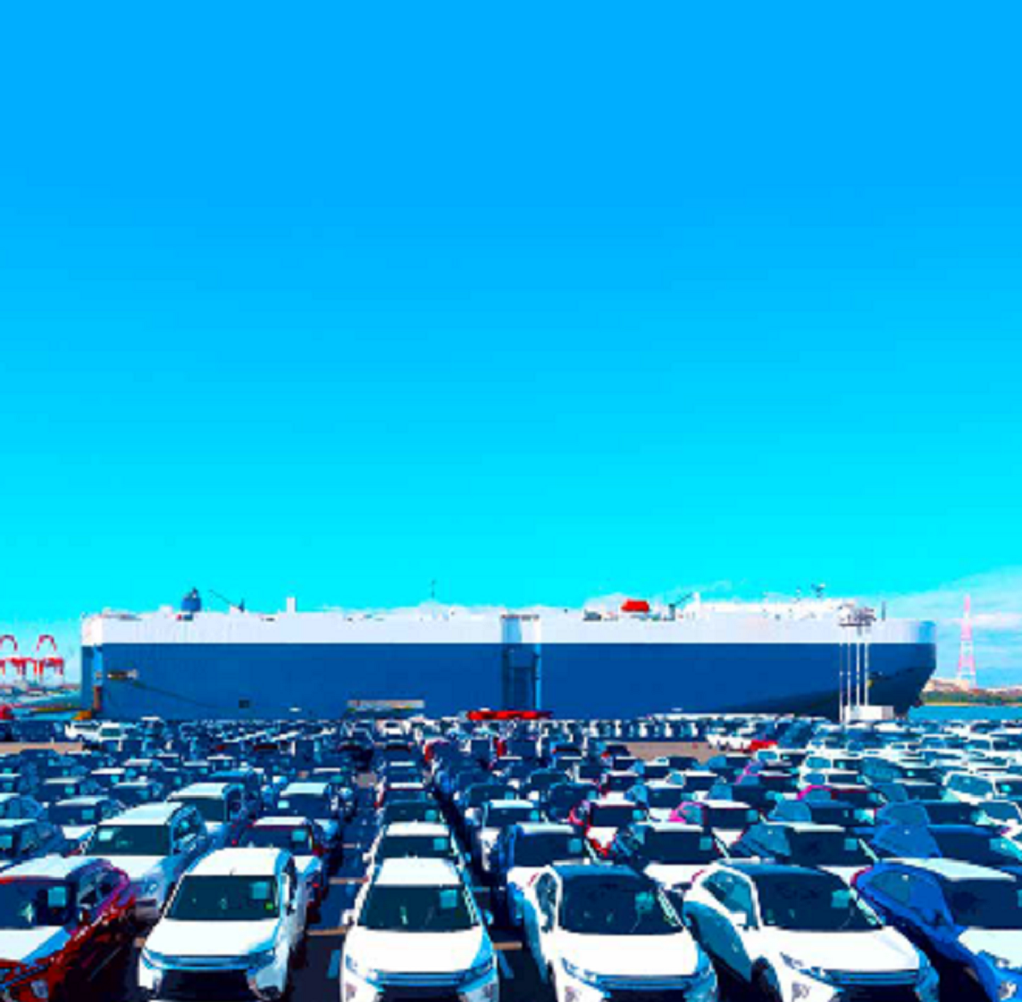ClassNK has released “Guidelines for the Safe Transportation of Electric Vehicles” and “List of Fire Safety Measures for the Maritime Transportation of Electric Vehicles” to support in enhancing the safety of maritime transportation of electric vehicles.
The number of EVs transported by vessels has increased in recent years. However, there are concerns regarding fires in their lithium-ion batteries due to difficulties in extinguishing and the risk of re-ignition. While the IMO and flag administrations are formulating safety regulations, shipping companies operating vehicle carriers are proactively addressing firefighting measures ahead of such regulatory implementation.
To assist these efforts, ClassNK has developed “Guidelines for the Safe Transportation of Electric Vehicles”, which describes the characteristics of EV fires and provides guidance on how to respond, built upon dialogue with experts, operators, manufacturers, and other stakeholders, as well as comprehensive literature review. The guidelines also set out requirements for class notations for vessels equipped with additional firefighting measures for transporting EVs.
Furthermore, “List of Fire Safety Measures for the Maritime Transportation of Electric Vehicles” details approximately 40 measures for early detection, suppression, prevention of fire spread, and extinguishing. To offer the information for introducing fire safety measures newly and developing related technologies, it presents not only the effectiveness and benefits but also potential issues and points to be considered.
Both the guidelines and the list will be updated swiftly in line with future ClassNK’s research findings and industry trends. ClassNK is committed to contributing to the establishment and improvement of safety measures for the maritime transport of EVs.
Source: Class NK.
Tags: Class NK, EVs, IMO, Maritime Transport



Recent Posts
Polish Delegation and JKSH Group Explore Green Energy Project in Andhra Pradesh
bigbasket Expands EV Delivery Fleet to 50 Cities with Support from Kazam
Axpo Completes Spain’s First Ship-to-Ship Bio-LNG Bunkering for Container Vessel at Algeciras
BLG LOGISTICS and Liebherr Strengthen Sustainable Port Operations with Shore Power-Ready Crane in Bremerhaven
Beijing Maersk Enters Service as Latest Methanol-Powered Containership
Yinson GreenTech and C-Torq Deliver Marine Battery System for Hybrid Vessel in the Middle East
Singapore Tugboat Receives Biofuel-Ready Notation Following Retrofit
NYK Names Sixth Dual-Fuel LPG Carrier “Luna Pathfinder”